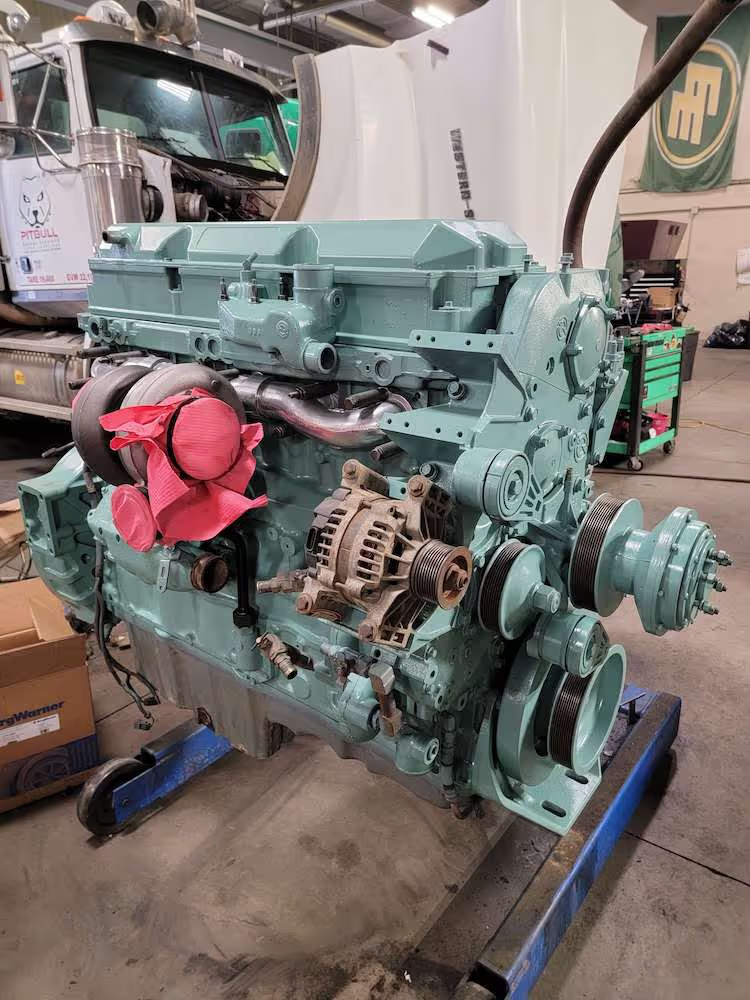Adrenaline Diesel Blog
Detroit Diesel Series 60: 3 Most Common Problems


BACKGROUND
Detroit Diesel began in 1939 in the final years of the great depression. The war effort had created a need for engines to be manufactured for tanks, landing craft, road building equipment and other heavy-duty stock. General Motors then created the GM Diesel Division, which would eventually become Detroit Diesel.

When the war ended GM knew they had to expand their production in order to sustain their growth. They entered the commercial heavy-duty engine market in 1945 and began producing engines for long haul trucks and agricultural equipment.
In 1987 they released the Series 60, their first heavy-duty engine with integrated electronic controls. Since the discontinuation of the 11.7 litre Series 60, there are two models of the Series 60 on the market for tractor-trailer applications—a 12.7-litre model and a 14-litre model
Series 60 Specs
For a complete breakdown of the Series 60 specifications, please refer to the official spec sheet.
The Series 60 is no stranger to bearings issues. Older Series 60 models are particularly vulnerable due to idling and low pressure. Spun bearings are caused when bearings aren’t lubricated properly. They overheat and they’ll eventually seize. If you have an older Series 60 ensure that your bearings are properly lubricated.
Poor fuel economy is a common complaint, particularly for the 14L Series 60 engines. As Detroit Deisel made the engine bigger and built it for more horsepower, fuel usage increased as well. Depending on who you talk to, people will claim that the lacking fuel economy is a result of bad operational practices and not a design fault. If poor fuel economy is a recurring issue with your Series 60, try to make sure that you’re not running your engine at a high RPM constantly.
Exhaust manifolds obviously function to collect exhaust from each cylinder and combine it into a single pipe. It’s the first line of defence from hot and dangerous gases that are emitted from the head. However, a leaking exhaust manifold can affect the whole exhaust system and cause severe problems for you over time. Here’s how to identify issues before they become bigger problems.
Symptoms of a cracked exhaust manifold
Potential damage caused by cracked manifolds
If you notice any of the above symptoms, it’s best to get your engine serviced by our professionals.
Give us call or fill out our service request form to schedule your vehicle in for service at Adrenaline Diesel.

Adrenaline Diesel has extended service hours to ensure you get the best appointment time possible.

Sourcing parts for complex jobs is our specialty. We always aim for the fastest turnaround possible.